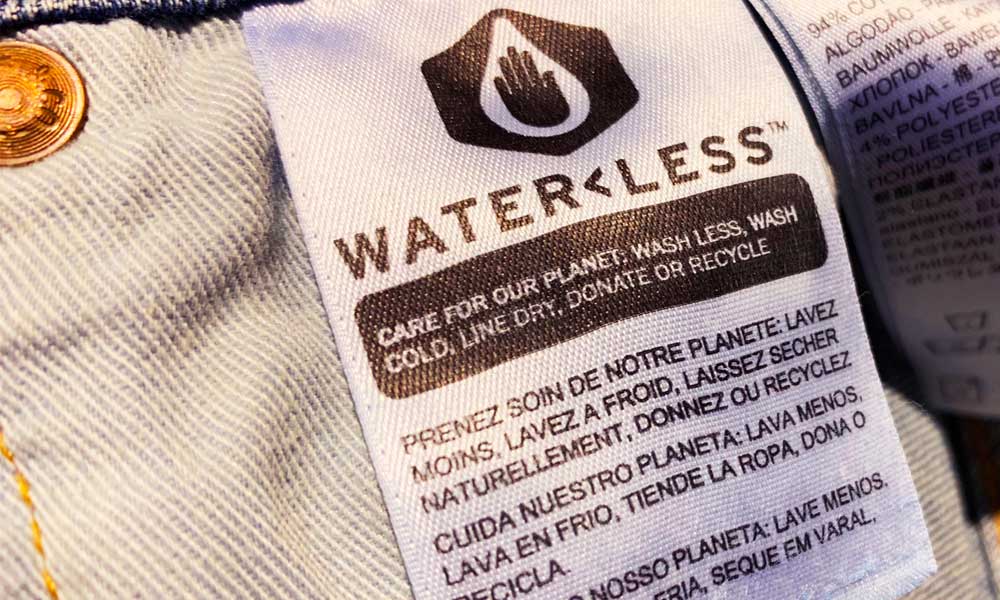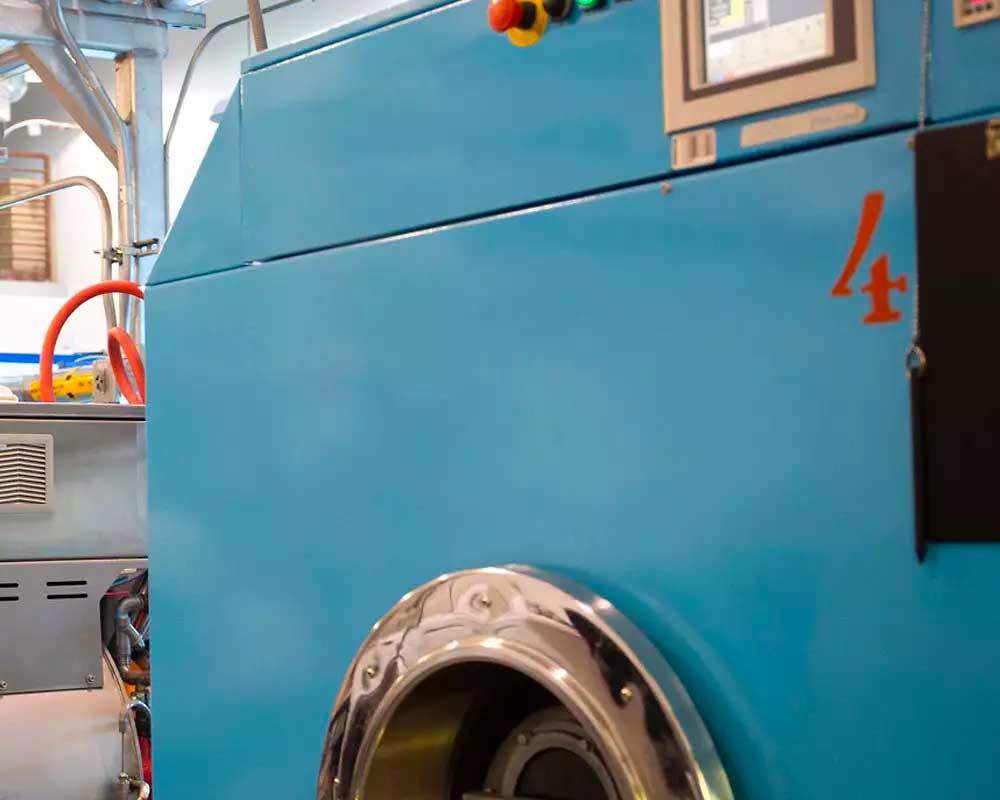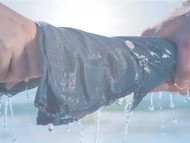
When you make clothes designed to stand the test of time then naturally you expect to have an eye on the future. Indeed Levi’s take the future of the environment very seriously and have long been advocates for sustainability. The three pillars of Climate, Consumption and Community are the cornerstone of their partnerships and future plans and have been for many years.
Let’s take a closer look at some of the ways in which Levi’s® has pioneered the way in which the clothing industry considers its impact on the environment and adapts technology to improve their environmental footprint. The fact that Levi’s open sources many of Its concepts is testament to their commitment to sustainability.
Way back in 1991, Levi’s® were the first multinational apparel company to launch a comprehensive code of conduct for all contract factories and licensees.
The Terms of Engagement set out ethical standards, legal and environmental requirements, community involvement and standards to address child and forced labour, disciplinary practices, working hours, wages and benefits, freedom of association, discrimination, and health and safety.
In 2015 Levi’s® Launched their Screened Chemistry Program that examines the health and environmental impacts of chemicals to identify safer alternatives and areas for innovation.
In 2016, Levi’s® began to Open Source their Pioneering Programs. They opened up their Screened Chemistry, Water<Less® (we look at Levi’s® Water<Less technology in greater depth below) and Worker Well-being programs to the wider clothing industry in the hope of making a greater impact on the planet and fostering better practices to benefit those who work in the apparel supply chain.
It’s essential to adopt new industry practices that stress the planet less. A combined approach of reducing energy use, emissions and waste, to taking a smarter, more responsible approach to water use and conservation. Levi’s® tackle these issues head-on, and with their Open Source ethos, happily share their innovations with the entire industry.
Levi’s partner with the Better Cotton Initiative to improve cotton farming globally
In 2018 Levi Strauss & Co. introduces Project F.L.X. This concept digitizes denim finish design and development, and enables a responsive and sustainable supply chain at an unparalleled scale.
Levi’s® Worker Well-being initiative (mentioned above) aims to support financial empowerment, safety, health and gender equality among the workers who make Levi’s® products around the world. Levi’s® offer employee programs and resources to build skills and foster inclusivity.
In 2021, Levi’s launched their Buy Better, Wear Longer campaign encouraging more conscious purchasing decisions. Levi’s® looked at their own resource consumption in order to improve the circularity of their products, pioneering innovations that can scale to drive positive change across the industry. Designing clothes for circularity means using recyclable and renewable materials that can be made again, and limits the use of resources in the production process.
They joined Fashion for Good which supports sustainable initiatives and have worked with the Ellen MacArthur Foundations Jeans Re-design Project to help reduce consumption and advance circularity in denim.
Levi’s® also conduct regular energy audits on manufacturing facilities to update operations and become more energy efficient. Modernising heat production and reducing the use of natural gas, LED Lighting and updating HVAC (Heating, Ventilation and Air Conditioning) systems prove that little changes can make a big impact.
The Levi’s® Water<Less Story.
Using less of the planets most essential resources is one of Levi’s most important innovations. Since they introduced their waterless processes in 2011, Levi’s® have saved almost 13 billion litres of water (as of 2020). They have also reframed their water conservation strategy, to focus saving water in the places that need it most. In addition Levi’s Recycle & Reuse Guidelines require facilities to recycle more than 20% of the water used in manufacturing.

Achieving the myriad of different denim looks means using a lot of water. Giant washing machines literally tumble stones with jeans so they’re stonewashed. Some finishing techniques have been around for decades, and Levi’s are constantly searching for new ways to replicate these techniques for the better and in a more environmentally conscious way.
That’s where their Water<Less® process comes in. Challenging themselves to get the same denim looks that people love by using less water in the finishing stage, Levi’s® developed more than 20 innovative and new techniques that do just that.
What are some of these Water<Less® techniques? It may be just a thimble of water and a bit of ozone instead of detergent. To imitate the soft feel achieved by fabric softener denim might be tumbled with bottle caps and golf balls, taking the water out of the wash altogether. The end result will remain the same: the jeans and washes everyone loves, but made using less water!
Through 2019, 69% of Levi's® bottoms were made Water<Less technology. However, water scarcity is becoming one of the world’s greatest challenges. With this in mind, Levi’s® invited 20 competitors to their Eureka Innovation Lab and shared all of their water saving practices with them. They open-sourced their Water<Less® innovation for others in an effort to help them learn and improve.
Levi’s® Water<Less™ technology uses 96% less water than standard finishing techniques

